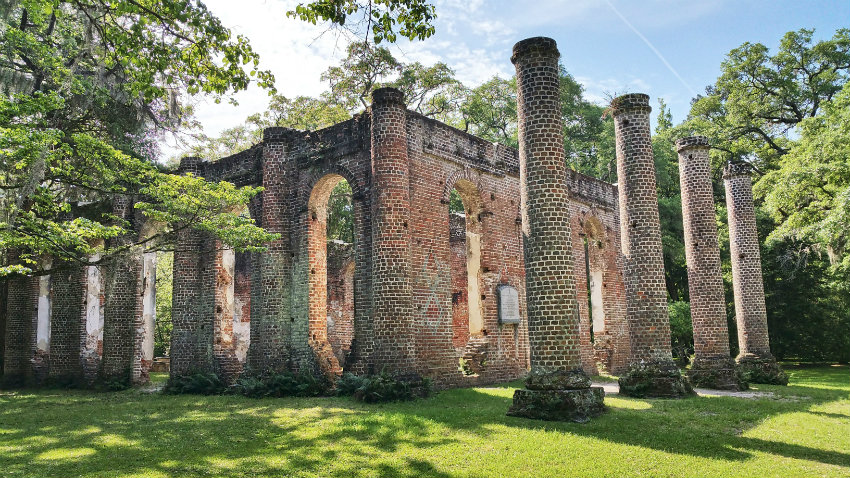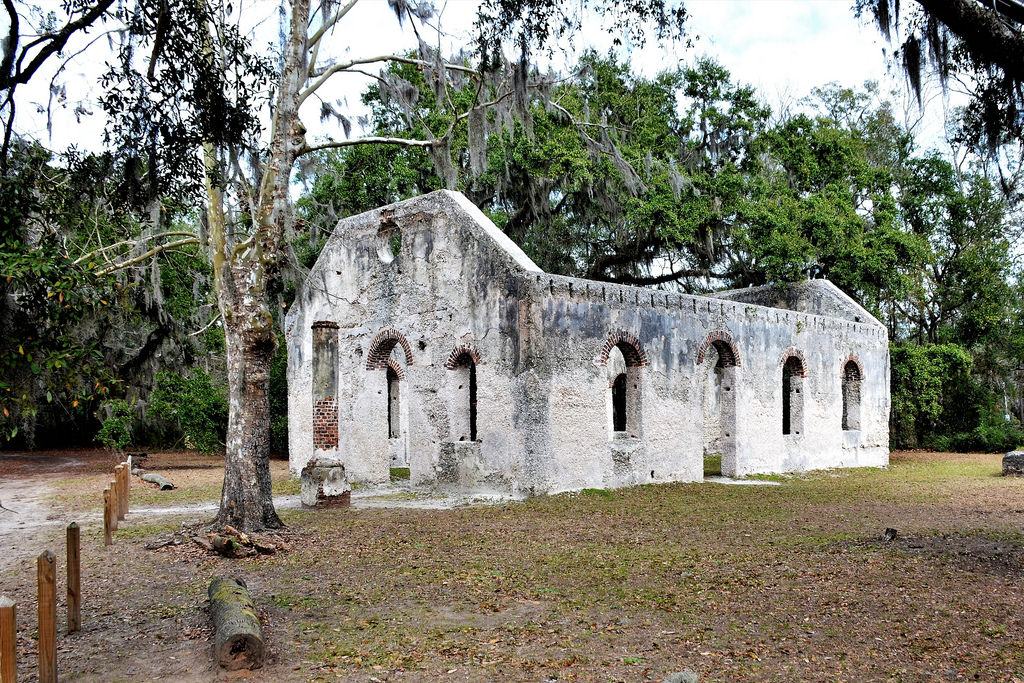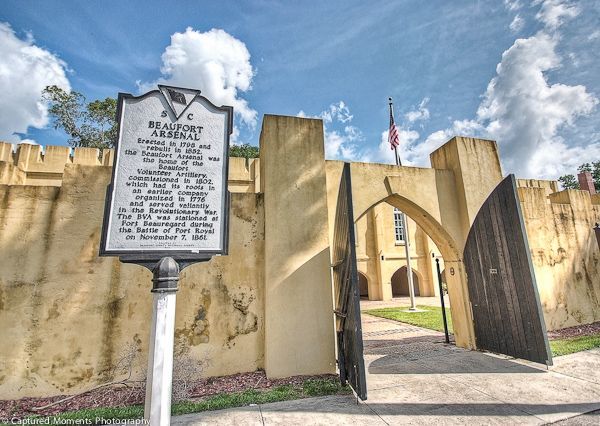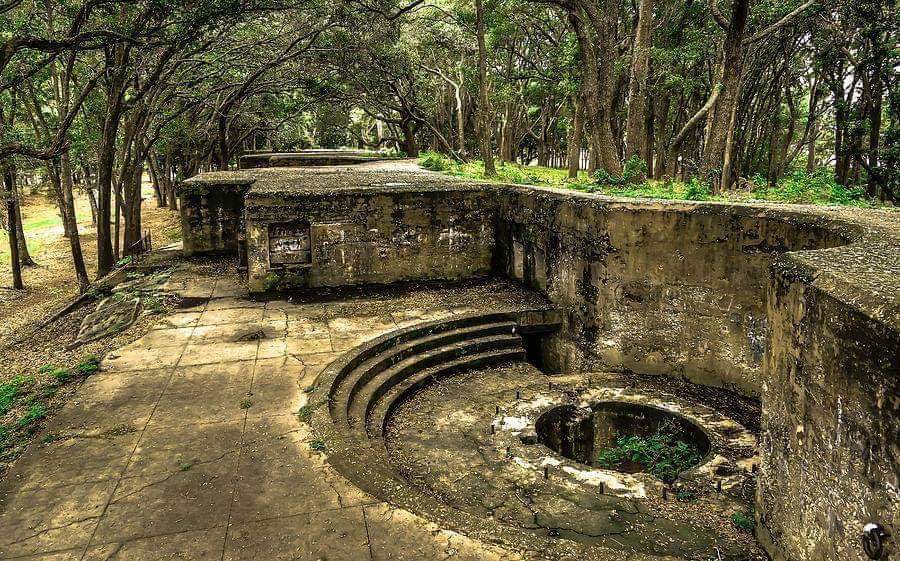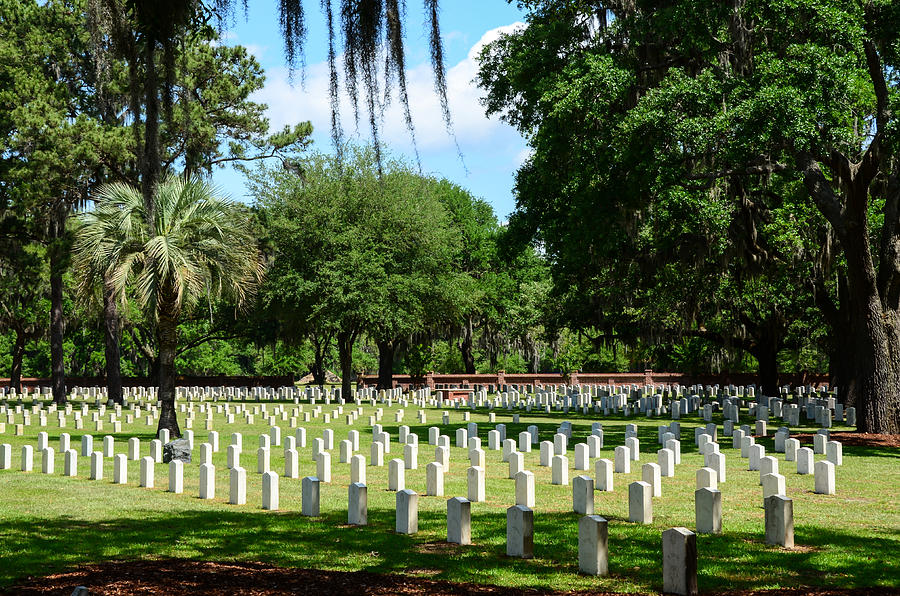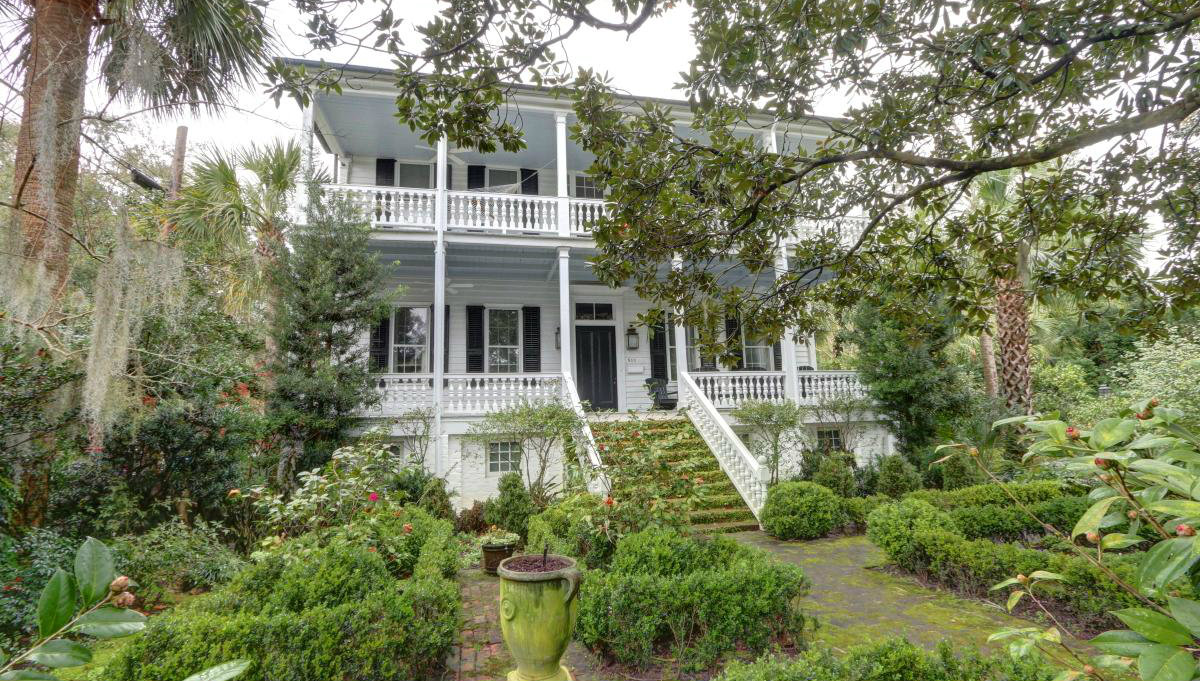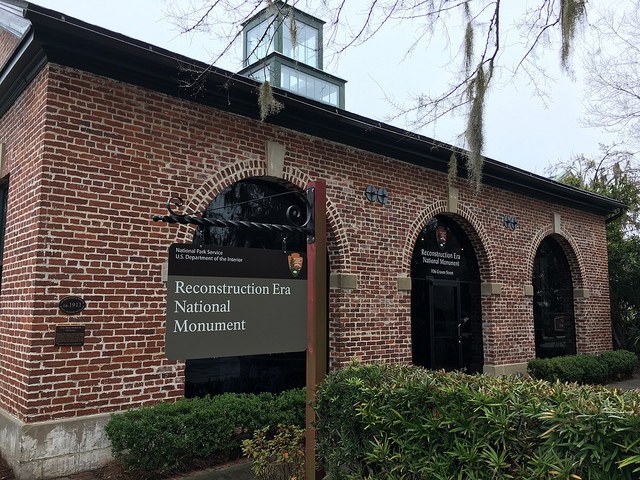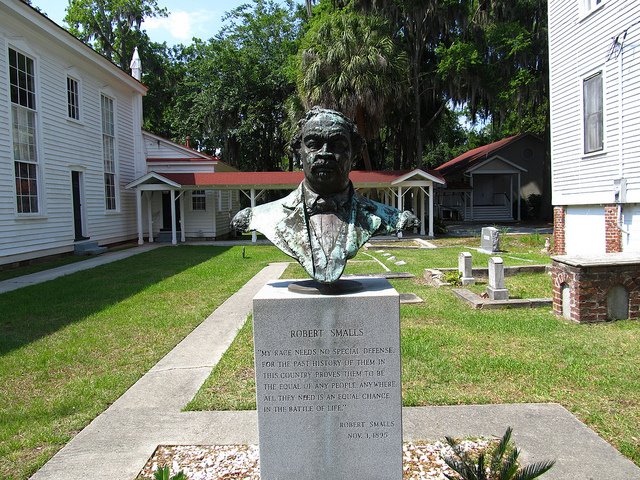Penn Center
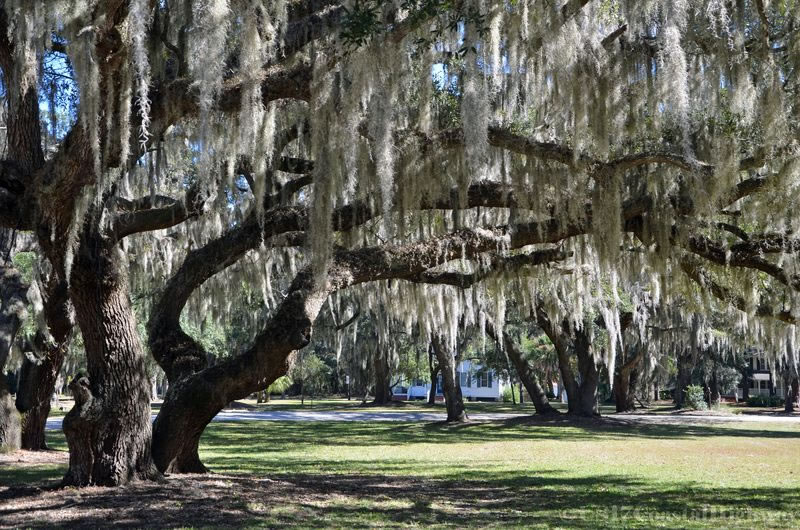 You can still see a thriving local Gullah culture in the Beaufort area through arts, historical preservation projects, community groups, and historic Penn Center. Penn Center was formed as Penn School in 1862, and it was the very first school for freed slaves in the U.S., and is now a Gullah Community Center on St. Helena Island. Penn Center also serves as the unofficial capital of Gullah Culture on the southeast Atlantic Coast.
You can still see a thriving local Gullah culture in the Beaufort area through arts, historical preservation projects, community groups, and historic Penn Center. Penn Center was formed as Penn School in 1862, and it was the very first school for freed slaves in the U.S., and is now a Gullah Community Center on St. Helena Island. Penn Center also serves as the unofficial capital of Gullah Culture on the southeast Atlantic Coast.
Address: 16 Penn Center Circle W., St. Helena, SC
Directions



